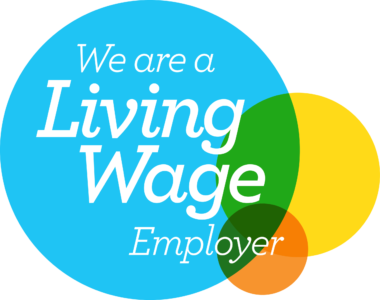For-profit registered providers (FPRPs) are expanding rapidly in the UK housing market. This growth is influenced by several factors such as the urgent need for new housing stock and the slowdown in investment in new housing from traditional Registered Providers (RPs).
The growth within the for-profit space is being fuelled by private capital, which sees the sector as an attractive investment providing stable and long-term cash flows.
What is a for-profit registered provider?
FPRPs are private companies who act in much the same way as traditional RPs. However, unlike not-for-profit RPs, they are able to operate with the aim of generating profits for their shareholders. This differentiates them from traditional not-for-profit RPs who reinvest any profits back into housing.
The Housing and Regeneration Act 2008 introduced the concept of FPRPs in England with the aim of attracting private investment into the affordable housing sector. By allowing for-profit entities to register as housing providers, the Act broadened the range of organisations able to deliver affordable housing.
Why has there been a rapid rise in for-profit housing providers?
Statistics show that the number of FPRPs has surged in recent years. In 2014 there were around 20 for FPRPs, compared to 2024 where this number has more than tripled to around 70.
Traditional RPs, particularly those in London with a large volume of high-rise stock, have been burdened with huge remediation costs in the wake of the Grenfell tragedy and Awaab’s Law. This rise in costs of remediation and zero-carbon requirements have forced RPs to deploy huge resources into existing stock resulting in a lack of investment in new housing.
FPRPs do not have the same issues as they hold smaller and newer stock portfolios and, therefore, have the ability to release cash faster and continue to invest in new affordable housing. This is also an attractive proposition for housebuilders, who need to dispose of affordable housing to RPs prior to the occupation of open market units on developments, in order to comply with planning obligations.
This perfect storm has resulted in FPRPs being appealing to both investors, developers and tenants in their focus on meeting the growing demand for affordable housing in the UK. This is even resulting in existing open market consented dwellings being switched to affordable housing tenures to facilitate sales to FPRP’s.
Why are for-profit housing providers appealing to investors?
FPRPs are attractive as they offer stable, long-term inflation linked income. With over a million households on Council housing waiting lists, and an ever growing need to increase the supply of affordable housing, private capital offers an alternative to traditional methods of development.
FPRPs will typically acquire new build homes which have the benefit of energy efficiency in addition to positive social impacts which is an appealing proposition for many investors. Many pension funds and investors see the sector as attractive place to invest. In 2024 the UK’s largest pension fund invested over £400 million in around 3,000 shared ownership homes from a FPRP, one of the largest real estate transactions in the UK last year.
How are for-profit housing providers expected to continue?
As of 2024, FPRPs hold around 30,000 homes in the UK which constitutes a small fraction of the total housing stock. While this may seem modest, it represents a noteworthy presence in the housing sector. Projections indicate that this figure is poised for remarkable growth. Research has shown that for-profit rental property owners could own almost 90,000 homes by 2028 – an astounding near- threefold increase in just a few years. This evolution signifies not only a shift in the housing market but also an opportunity for innovation and investment within the sector.
At Birketts, we regularly act for FPRPs with our sector specialisms in all aspects affordable housing development and management, planning, environmental, development finance and JV/Partnerships. If you are a FPRP or investor in affordable housing and would like to know more about this growing area, please get in touch with one of our team.
The content of this article is for general information only. It is not, and should not be taken as, legal advice. If you require any further information in relation to this article please contact the author in the first instance. Law covered as at March 2025.









